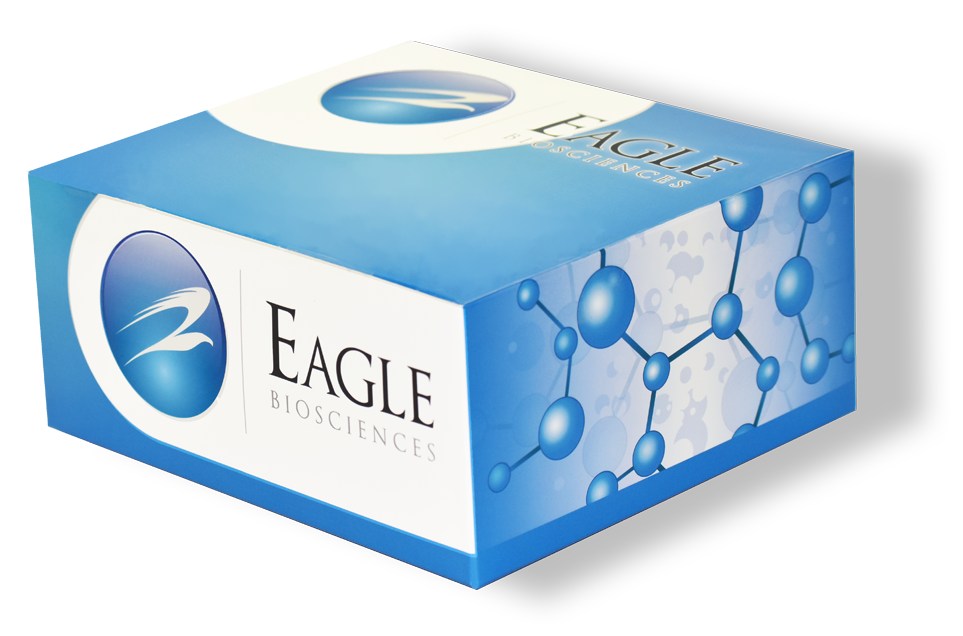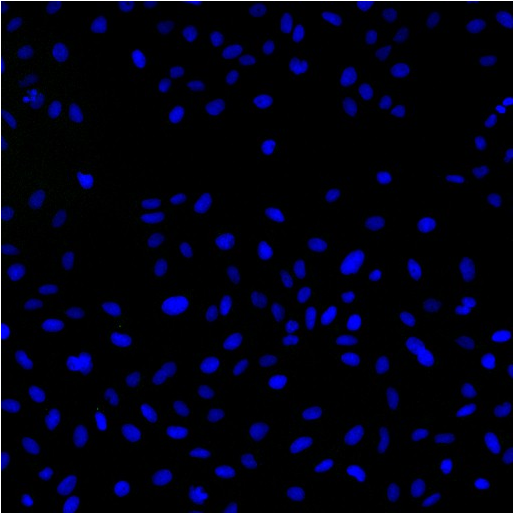Human GDNF Mouse Monoclonal Antibody
The Human GDNF Mouse Monoclonal Antibody is For Research Use Only
Immunogen: Human GDNF
Uniprot ID: P39905
Alternative Names: Astrocyte-derived trophic factor, ATF, Glial cell line-derived neurotrophic factor
Clonality: Mouse monoclonal
Class: IgG1
Reactivity: Human GDNF
Application: ELISA, WB, IF, IHC
Purification: IgG fraction purified with Protein G affinity chromatorgaphy
Buffer: PBS pH 7.4, with 0.1% sodium azide
Concentration: 1 mg/ml
Unit Size: 100 µg
Related Products: Monoclonal and polyclonal antibodies to human GDNF.
Shipping: This product is shipped in non-frozen liquid form in ambient conditions.
Storage: Store at –20…-70°C upon receipt. Divide antibody into aliquots prior usage. Avoid multiple freeze-thaw cycles.
Protocol:
ELISA 50 to 100 ng/ml; Western immunoblotting 2 to 5 mg/ml; IF 2 to 10 mg/ml; IHC 5 µg/ml. Monoclonal antibody working amount has to be established practically for each particular antigen and assay format.
Background:
GDNF is a neurotrophic factor that enhances survival and morphological differentiation of dopaminergic neurons and increases their high-affinity dopamine uptake. Ligand for the GFR-alpha-3-RET receptor complex but can also activate the GFR-alpha-1-RET receptor complex
Related Products
Human CDNF Mouse Monoclonal Antibody Clone 6G5
Human CDNF Mouse Monoclonal Antibody
Human CDNF Rabbit IgG Polyclonal Antibody
Product Developed and Manufactured by Icosagen







